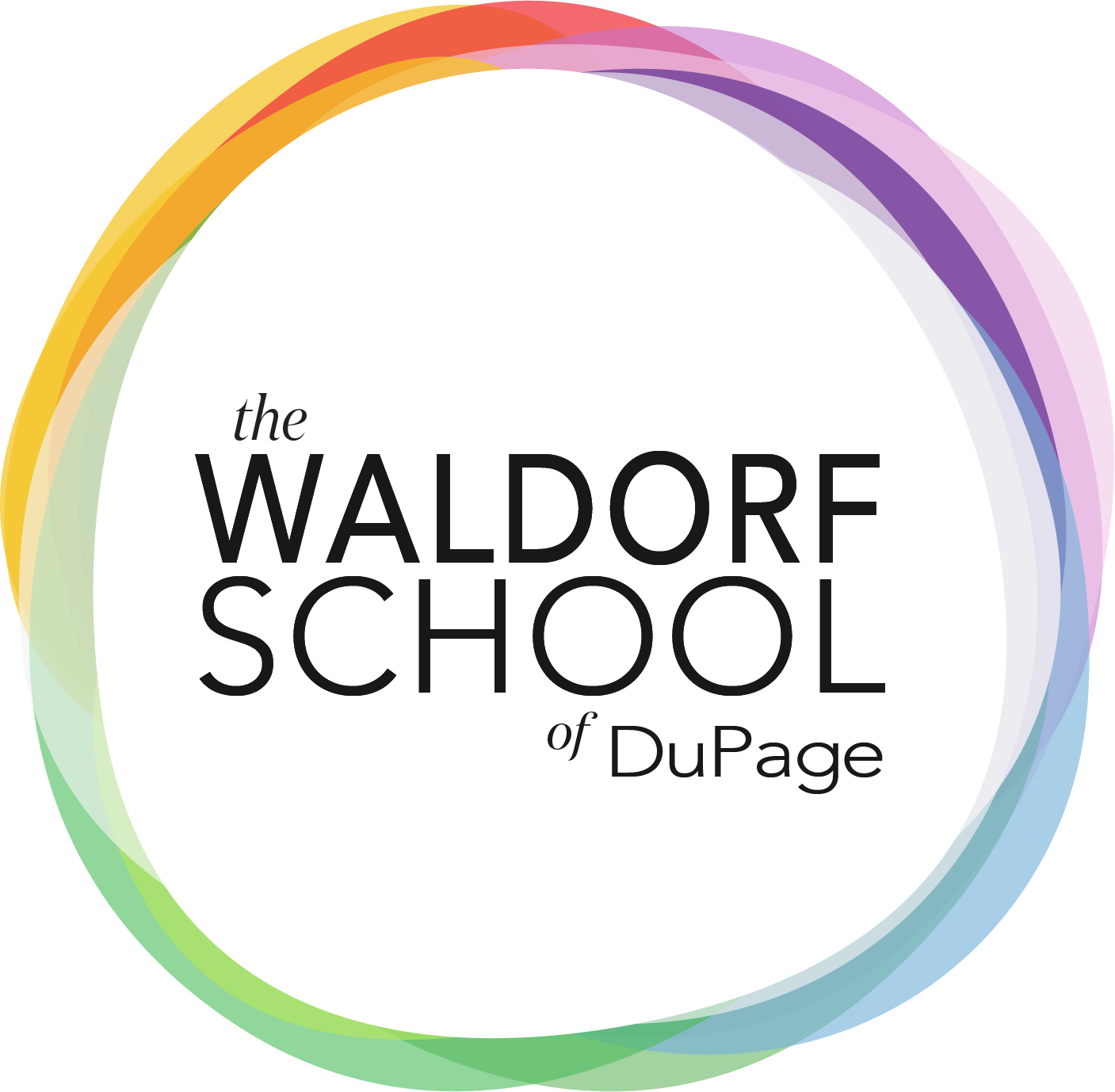We live in a world where employers in a variety of different fields are beginning to place top value on critical thinking. However, in a traditional classroom setting, students are not given the opportunity to develop this integral skill for thinking “outside the box”.
In many science classrooms, students read about a particular topic in which laws, formulas, and abstract concepts are presented, and later illustrated through experimentation. This approach, unfortunately, does not allow children to develop the keen observational skills necessary to compete and excel in STEM subjects.
Waldorf schools take a radically different approach to teaching science. This phenomenological, or “observational” approach to scientific studies allows students to participate in the entire process, observing each step with fresh eyes and an open mind. In this way, each student has her/his own personal experience with the phenomenon, and curiosity is maintained throughout the entire process as they await the unfolding of the experience and come to a meaningful understanding.
An example of the Waldorf approach to science at work in the classroom is the study of acoustics in a sixth-grade physics class. Students created “telephones” by using twine, wire, or yarn to connect plastic or styrofoam cups or aluminum cans. They then discovered which materials were best at conducting sound over a distance of 25 feet by taking their “telephones” outdoors and taking turns speaking and listening into them. Through trial and error they realized the lines needed to be taunt in order to conduct sound well. Of their own accord, the students realized that they could create a “party line” by crossing the lines of all the phones in the middle.
Another experiment from the same acoustics lesson involved the students standing in a long line across the school campus. Each student was approximately 10 feet from the students on either side of her/him. The teacher stood at the start of the line, and all the students turned their backs to her. She then prepared to clap two large planks of wood together, and instructed the students (with their backs to her) to raise their hand when they heard the sound. It was observed that the students closest to the teacher raised their hands first, and those further away raised their hands later. In fact, after trying the experiment several times, they noted that the further a student was from the source of sound, the later their hand was raised. This was discovered when one student was standing next to the teacher and watching all the other students during the experiment.
As homework that evening, students were asked to go home and listen to sounds in their house while underwater in the bathtub and record their experiences. The following day, the students discussed and compared their observations in class. Their observations led them to the understanding that water is a poor conductor of sound.
When they were guided into meaningful discussion regarding the nature of sound, how it travels, and how it is conducted, the students came to conclusions based on their own observations and those of their classmates. Only then did the teacher bring in concepts, laws, and formulas for the students to consider. In this way, the students’ curiosity and observational skills were allowed to unfold naturally and a sense of wonder was maintained throughout the process. The experience of being motivated by trial and error, as well as insatiable curiosity is truly what turns a student into a scientist.

